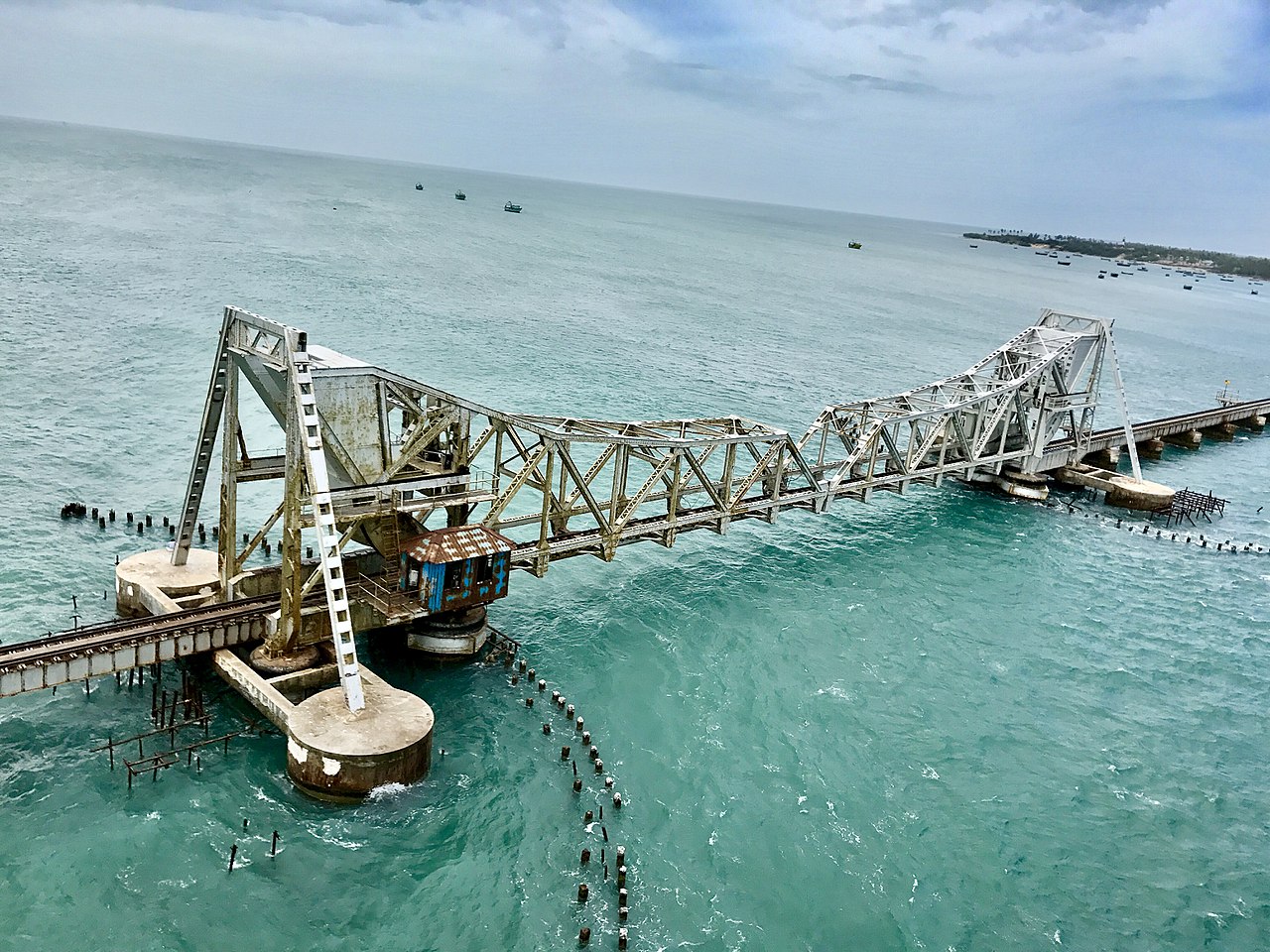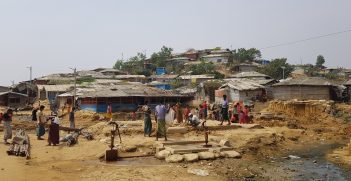Economic Connectivity and Cooperation in the Bay of Bengal

Regional South Asian trade has the potential to produce much of the world’s next economic boom. For countries in the Bay of Bengal, there are advantages to be had in the strategic economic programs of China and the United States.
Currently, 90 percent of global trade takes place by sea, and more than 80 percent of global maritime oil trade takes place in the Indian Ocean. 95 percent of China’s trade with the Middle East, Africa, and Europe also goes through the Indian Ocean, while more than 70 percent of India’s total maritime trade goes through this sea. It’s significant to remember that the Bay of Bengal is an integral part of the Indian Ocean and can be seen as the “central gulf” within it.
Maintaining the flow of crude oil from producer to consumer countries within the Indian Ocean Rim Association (IORA) and other maritime regions is crucial for all powers. Because of the Indian Ocean Rim (IOR) countries, the Bay of Bengal has regained historical importance as an economic highway for commercial shipping routes between the Eastern and Western Hemispheres. About half of the world’s containers pass through the region, with its ports handling about 33 percent of global trade.
IOR countries hold 58 percent of global proven oil reserves and 46 percent of gas reserves. Ensuring the free flow of oil from the IOR to other maritime zones is vital for major, middle, and minor powers. The risk of strategic competition turning into conflict poses great dangers that should be avoided.
The Bay of Bengal and Bangladeshi Perspectives
Bangladesh’s unique perception of the region stems from its historical position within the larger undivided Indian subcontinent. Its strategic location on the shores of the Bay of Bengal gives Bangladesh a unique advantage as a connecting hub between the Western and Eastern Hemispheres, as well as the Indian Ocean and Pacific regions.
With nearly half of its 170 million population being young, this working demographic offers significant advantages, which Bangladesh is effectively exploiting. The country has already been recognised as a middle HDI (Human Development Index) country by showing good performance compared to other South Asian countries. Bangladesh ranks 129 out of 191 countries on the list of the UNDP’s Human Development Index; India is 131, Pakistan is 161, and Afghanistan is 180. Bangladesh’s strategic value is further enhanced by the country’s hydrocarbon resources, including coal, oil, and gas.
Bangladesh has emerged as one of the fastest-growing economies in the last decade. In addition to this, it has demonstrated abilities to combat terrorism and radicalisation. The continued prosperity of Bangladesh is closely linked to the Bay of Bengal, which plays an important role in the country’s development. It is for such reasons that major trading nations China and the US have turned their attention to the region. Some of the driving factors include the region’s role in technological innovation; the ability to extract resources from the deep sea; stability of regional political developments and subsequently the deterioration of political stability and security in the Persian Gulf/Midwest Asia region; the continued disruption of the socio-economic environment in the West Asian region (Afghanistan, Iraq, Yemen, Syria, and the Levant); and the rise of China and India as global superpowers.
Awakening the Gulf Community
Bangladesh has actively promoted regional cooperation in South Asia and has demonstrated progress in restoring missing opportunities for connectivity through initiatives such as Bangladesh-Bhutan-India-Nepal (BBIN) initiative and Bengal Multisectoral Technical and Economic Cooperation (BIMSTEC). The country played a leading role in the formation of the South Asian Association for Regional Cooperation in 1985, and later in 1997 sub-regional cooperation was initiated through the South Asia Growth Quadrangle (SAGQ) and the BIMSTEC. As a result of Bangladesh’s visionary leadership, SAGQ was renamed BBIN in 2015, illustrating the significant progress it has had in reviving connectivity.
India’s “Act East” initiative has been improving Bangladesh-India relations since 2009 in line with Bangladesh’s growing interests. The Kolkata-Agartala rail route was started with the help of international lending agencies. It has also progressed in revitalising inland waterways. Coastal Shipping and Maritime Agreements under BIMSTEC are being considered for expansion. The sky corridors, however, require upgrading. Considering the recent progress in connectivity, the region’s nations may be able to expand their current collaboration by utilising the Bay of Bengal Economic collaboration Framework.
However, internal unrest in Myanmar and the Rohingya crisis have posed serious obstacles to these initiatives, stalling progress. Continued instability in Myanmar could threaten the future of BIMSTEC as well as SAARC. These must be addressed to ensure seamless regional connectivity and cooperation.
Political Economy of the Bay of Bengal Community
The GDP of the Bay of Bengal countries, with a population of about 1.7 billion, is about US$7 trillion. The region has great potential to become a strong commercial community. The Bay of Bengal region is widely known for its conflict-free marine environment and fast-growing economy. For this purpose, China has taken the initiative to establish the Belt and Road Initiative (BRI) in the region. At the same time, the US has undertaken the Indo-Pacific Economic Framework (IPEF) project.
Cooperation between countries is crucial to tackle traditional and non-traditional security threats for the collective welfare of the region. Bangladesh can be more active in the economic cooperation in the Greater Bay of Bengal region. Apart from this, Bangladesh can work actively to promote commercial, economic, and social development, in addition to establishing peaceful multilateral relations by avoiding conflict. Taking the lead in this field will help protect Bangladesh’s own interests as well as contribute to collective regional interests and help ensure the security of the region. Such multilateral engagements with regional entities in the Bay of Bengal can be a model for other regions as well.
The countries in the Bay of Bengal region have the potential to form an integrated community. If such a community is formed, it will be easier to face common challenges by increasing economic cooperation between countries. By harnessing their collective strengths and following a regional governance framework, the region can move towards prosperity and security.
Dr Sabera Chowdhury is a senior research in South Asian Studies, University of Toronto, Canada.
This article is published under a Creative Commons License and may be republished with attribution.





